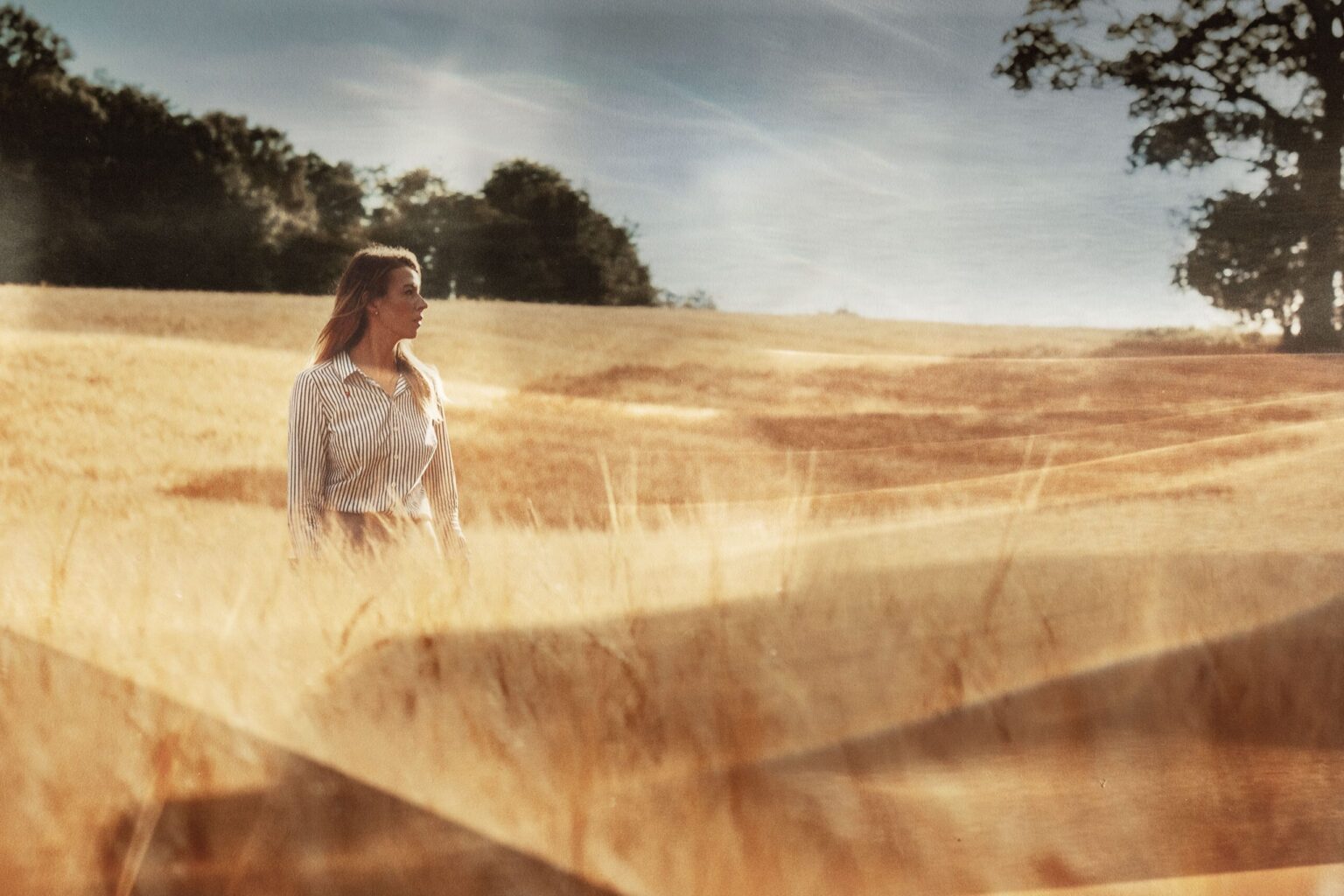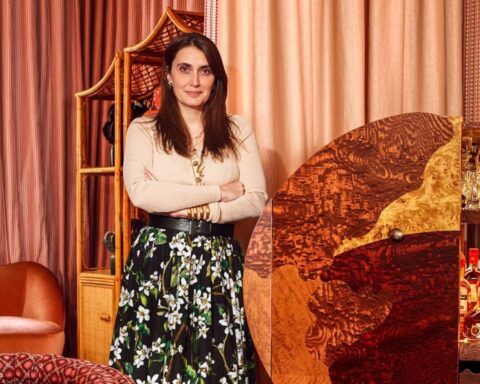It’s one of those professions of excellence: maintaining the quality of whisky year after year and bringing out all the flavours of the precious liquid. A sharp nose, a highly developed palate, respect for craftsmanship and know-how, a keen understanding of the brand’s heritage, a vision for the future… The role of the cellar master in the whisky industry is as complex as it is exciting. But also mysterious. Here we meet Kelsey McKechnie, cellar master at The Balvenie in Scotland and, incidentally, one of the youngest people in the world to do the job.
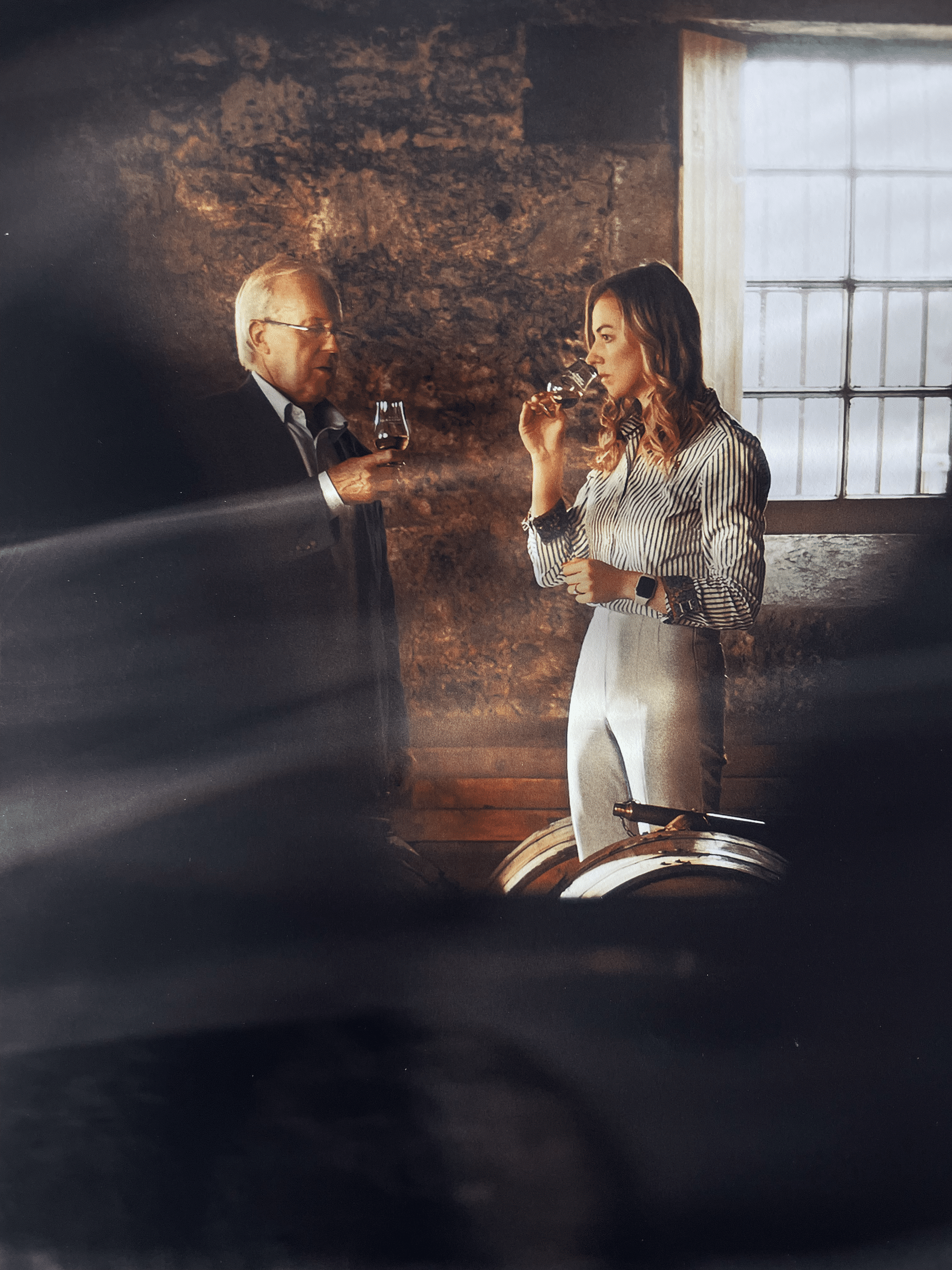
What’s your story?
My name is Kelsey McKechnie and I’m Malt Master at The Balvenie. I started at William Grant and Sons, the company that owns The Balvenie. I started working in the laboratory 10 years ago. I was in charge of all the routine analysis of our spirits, to make sure that the flavours of our new bottles were perfect, that they respected the identity of the brands and that we had an adequate yield.
We wanted to get as much alcohol out of our grain as possible. From there, I travelled to several of our sites, to immerse myself as fully as possible in the creation process and the DNA of the brands. I joined The Balvenie’s mixing and blending team in 2017, with whom I still work. Initially, a large part of my role was to ensure the quality of the whisky. Over the years, I’ve been able to evolve into the role of cellar master.
Wine, cognac, rum… Why did you choose whisky?
To be honest, I didn’t really realise how exciting it was to work in whisky. I started my career in the laboratory and have always had a great passion for flavours. Having the opportunity to work on simple samples to make whisky came alive. I think I started without really realising what was in store for me. As the years went by, I fell more and more in love with whisky. Not to mention the region, which is ideal for a career in the sector.
Could you describe a typical day for you?
A typical day is spent in our blending room, where all our samples are kept. We spend the day checking the quality and maturation of our spirits before bottling them. Consistency is the key word in the whisky industry; there has to be perfect continuity, which requires very strict specifications.
I also work closely with our stock management team, to ensure that production is in line with what we want to sell over the next year and also over the next 50 years. We also work very closely with our distillery on a wide range of tasks. It’s vital to have close contact with the people on the ground and to have regular updates on what’s happening at the heart of production. In short, no two days are the same. And that’s what’s so exciting about this job.
What’s your best tasting memory?
That’s a very good question, but a difficult one to answer! I think one of my best experiences was welcoming two-star chef Michel Roux Jr to our site. We worked together and learnt a lot from each other. He on The Balvenie, and I on how he blended the flavours of his produce to make the best possible dish. I loved this mutual learning experience, during which we drew parallels between what he was doing in his field and what we were doing in ours. It was an incredible and special experience, which shows all the facets of whisky expression.
If you had to choose your favourite The Balvenie bottle, what would it be?
That’s a very complicated question, as it varies enormously. Sometimes it’s the Caribbean Cask, a 14-year-old whisky matured in rum casks. But one of the first products I worked on was the 12-year-old Sweet Toasted Oak aged in bourbon casks. I love this whisky, its style and the depth of its flavours. We worked very closely with our supplier in Kentucky, USA, who brought us Virgin American Oak Cast casks. We sent them to the distillery to refine this whisky. The result is my first reference, The Sweet Toast of American Oak 12 Year Old.
Why The Balvenie and not another brand?
To be completely honest, I think it was The Balvenie that chose me. Working at William Grant and Sons, I learned how to blend whisky from David C. Stewart, The Balvenie’s cellar master, and Brian Kinsman, Glenfiddich’s cellar master. So for a long time I continued to learn how to make whisky, how to create different flavours. I’ve been lucky enough to be able to work on different spirits and manage blends for other brands in the group, but I’ve always wanted to become cellar master at The Balvenie. That’s always been my goal, especially over the last few years. I really like the identity, the stories and the characteristics of this brand.

On the rolling green plains of the Speyside region of the Scottish Highlands, just an hour from Aberdeen airport, The Balvenie distillery shines with its craftsmanship. Founded in 1892 in Dufftown and owned by the William Grant family for five generations, the distillery unveiled its first whisky distillates the following year.
The identity of The Balvenie lies in this deep respect for ancestral craftsmanship and this family identity. The company is still one of the last to malt its own barley, 12% of which comes from its own plots. The entire production process is carried out on site, from malting to maturing. The distillery also has its own cooperage, where craftsmen maintain and repair the casks. There are currently 1.2 million casks in the estate’s cellars.
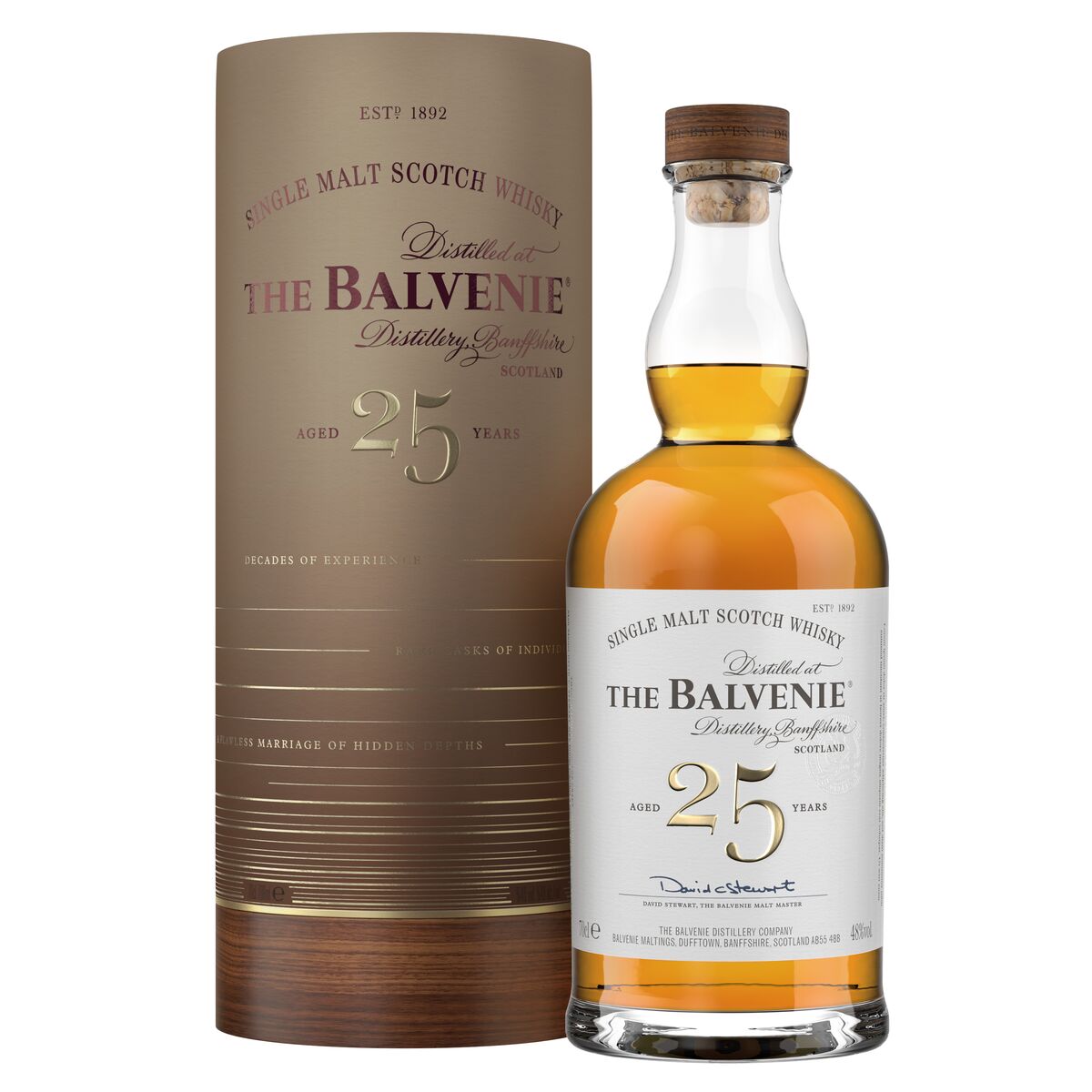
But The Balvenie is also characterised by its innovative spirit. As early as 1983, cellar master David C. Stewart began experimenting with double maturation. The process, known as cask finishing, involves ageing the whiskies in two different types of cask, adding subtle aromas to the precious liquid. This refining process, revolutionary for its time, has remained the signature of The Balvenie bottles. There’s the Caribbean Cask 14 Year Old matured in rum casks, the Portwood 21 Year Old matured in port casks, and the French Oak 16 Year Old matured in Pineau des Charentes casks. Not forgetting the iconic DoubleWood 12 Year Old, matured in Oloroso Sherry casks.
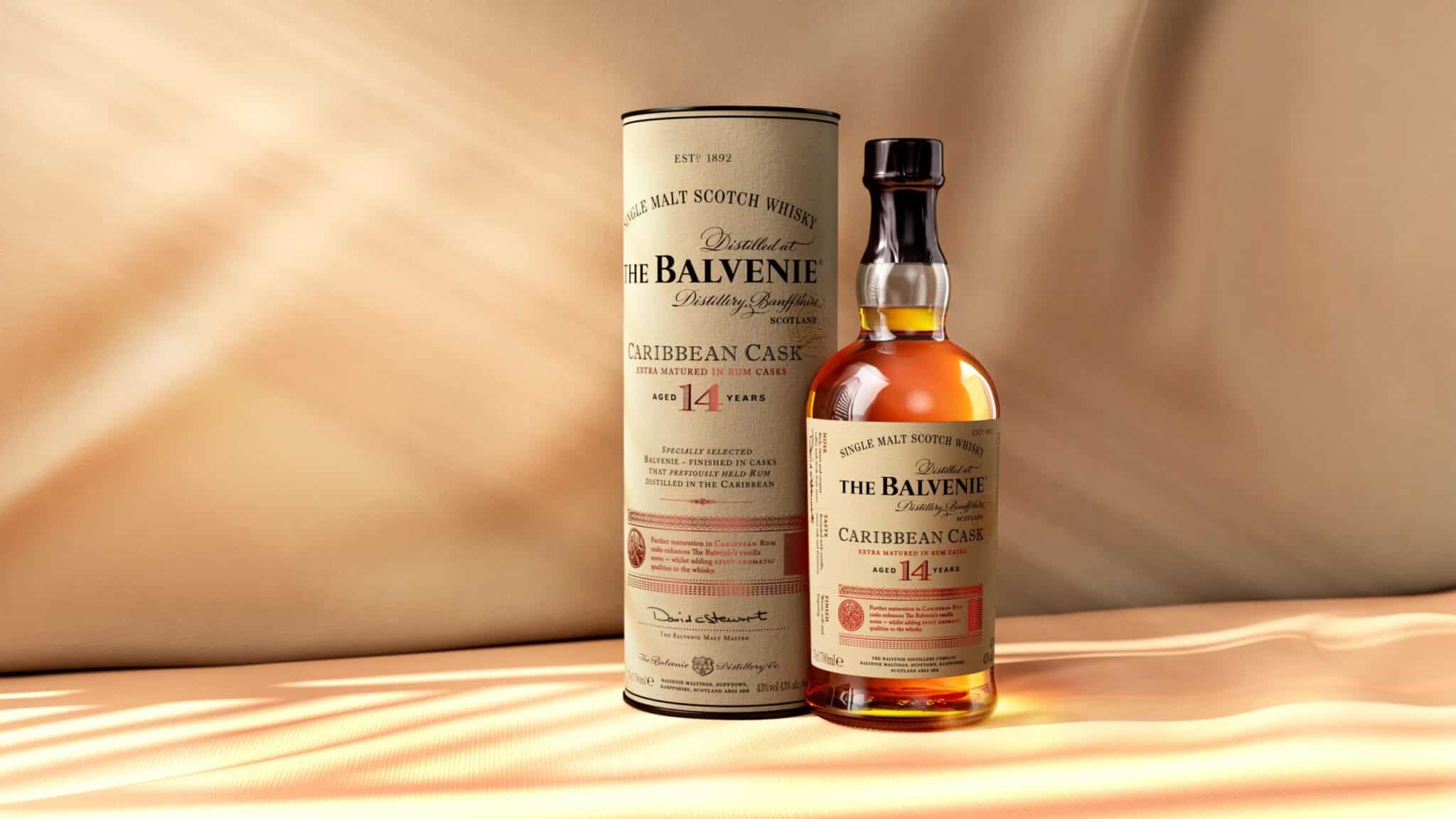
Other ingenious experiments have led to unique ranges. The Week of Peat 14 Year Old, for example, was the brainchild of Ian Millar, the distillery’s former manager, in the late 1990s. To flavour the malt during the drying process, he came up with the idea of using only peat, a fossil plant material, in the kiln. A similar approach was used for The Edge of Burnhead Wood 19-year-old, where a few sprigs of heather were added to the malting kiln. Cellar master Kelsey McKechnie, for her part, has created a whisky aged for 12 years in bourbon casks and matured for six months in virgin American oak casks that were burnt inside and then re-burnt at the Scottish distillery. The Sweet Toast of American Oak 12 Year Old was born.
The Balvenie is genuinely committed to its employees, and values its long-standing craftsmen. Boilermaker Dennis McBain and cooper Ian MacDonald, emblematic figures at the distillery, have had a whisky made in their honour.
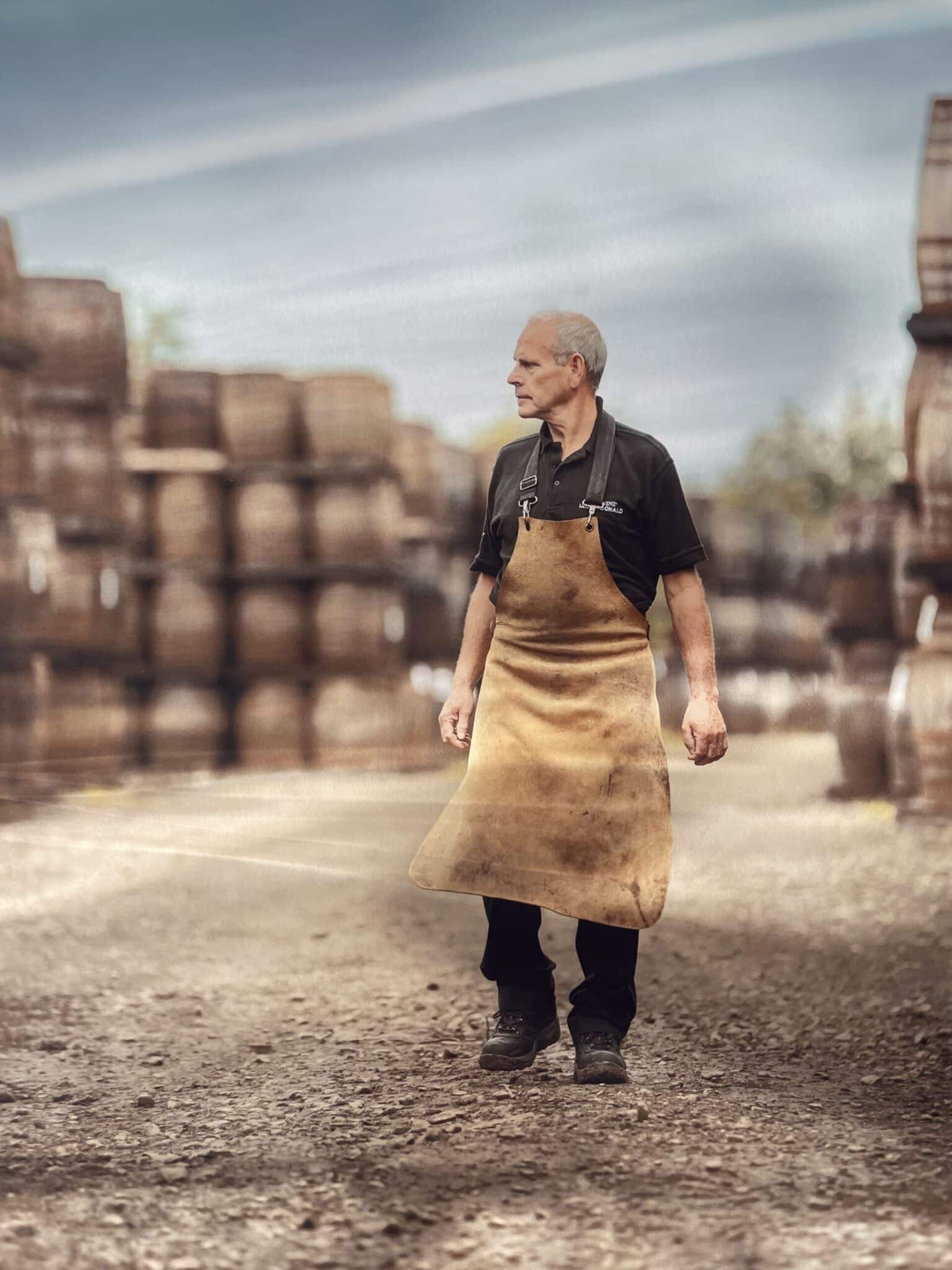
Other collections stand out for their great age and complex blends, such as The Balvenie 25 Year Old, 30 Year Old and 60 Year Old (a limited edition launched last year in tribute to David C. Stewart).
New bottles are due to be unveiled very soon, and as with the other The Balvenie ranges, they are set to become benchmarks in the premium whisky market.
Read also : LIVIA VOIGT, THE WORLD’S YOUNGEST BILLIONAIRE AT 19
Featured photo : © The Balvenie




